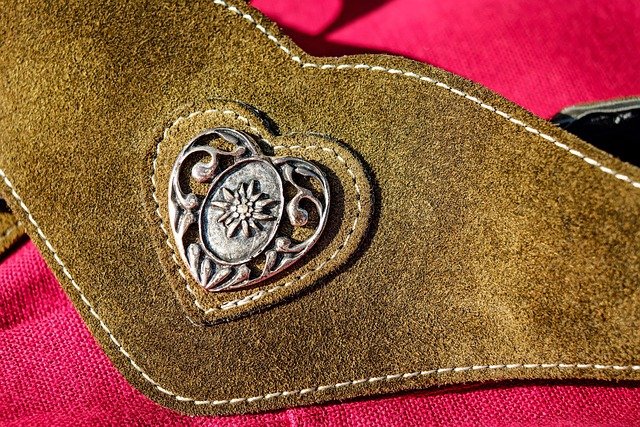A precise wrist-sizing workflow for mixed closure systems
Accurate wrist measurement is essential for comfortable and secure wristwear, especially when dealing with mixed closure systems. This article outlines a practical, repeatable workflow that considers differential closures, material behavior, plating and alloys, and ongoing maintenance needs. The guidance is aimed at designers, makers, and retailers seeking consistent sizing standards and better customer experiences.

Accurate wrist measurement starts with a clear, repeatable workflow and awareness of how different materials and closures affect fit. For wristwear intended for diverse customers, a standardized process reduces returns and improves comfort. This opening section explains the core steps — measuring the wrist, accounting for closure type, and recording specifications — while noting factors like plating thickness, alloy properties, and flexible textiles that can influence final size.
Wristwear sizing: a step-by-step workflow
Begin by defining the measurement intent: snug, standard, or relaxed fit. Use a flexible measuring tape or a non-stretch cord and measure the wrist at the narrowest point where a bracelet will sit. Add a predetermined allowance depending on desired fit (commonly 6–20 mm), then convert to internal circumference for rigid designs. Log this measurement alongside the intended fit category and any demographic notes. For adjustable pieces, document the available adjustment range in millimeters so customers and assemblers can understand where the closure should sit within its window.
Closures: measuring mixed closure systems
Mixed closure systems (lobster clasps, magnetic clasps, sliding knots, buckles) affect effective circumference differently. Measure the bracelet when closed in the most common wear position. For multi-part closures, measure from the inner edges of the termini rather than exterior points to capture true internal fit. Note closure thickness and orientation because a raised clasp can change how a bracelet settles. For adjustable closures, test at minimum, midpoint, and maximum settings and record each internal circumference value to support accurate size labels.
Materials: plating, alloys, leather and textiles
Material choice changes both initial fit and how sizing evolves. Plating layers add microns of thickness, which can slightly reduce internal clearance — measure finished pieces rather than raw components. Alloys differ in stiffness: some metals may bend or spring back with wear while others hold shape, so factor that into allowance. Leather and textiles stretch over time; allow extra slack for woven or braided straps and specify whether broken-in measurements should be used as a reference. Record material data (plating thickness, alloy grade, leather type, textile construction) with each size entry for traceability.
Maintenance and cleaning best practices
Provide maintenance guidelines tied to materials and closures so wearers can preserve fit and function. Metal plating may wear with abrasive cleaning; recommend gentle cloths and avoid harsh chemicals. Leather benefits from conditioning but can absorb water and change dimensions temporarily, so avoid sizing immediately after wet cleaning. Textile straps may be machine-washable or require spot-cleaning; document cleaning instructions with expected dimensional changes. For mixed closures, advise care steps that protect magnetic or spring mechanisms to prevent premature loosening or corrosion.
Engraving, transport, and storage considerations
Engraving and added hardware can alter weight distribution and affect how a bracelet sits on the wrist. When engraving a clasp plate or tag, measure the finished object and retest fit. Transport and storage also matter: metal pieces can bend if packed tightly, and leather can compress. Define packing standards for transit to preserve shape (e.g., use internal forms or soft padding). For inventory storage, keep adjustable pieces at mid-range tension to prevent permanent deformation and catalog any size drift observed after shipping trials.
Sustainability, traceability, and repair planning
Incorporate sustainability and traceability into your sizing workflow by documenting material sources, plating specifications, and repair histories. A repairable design permits minor size adjustments (adding/removing links, swapping buckle positions) and extends product life; record which interventions are possible without compromising plating or integrity. Use serial or batch identifiers to trace alloy lots and plating runs, which helps resolve fit issues linked to material variance. Repair records also inform future sizing allowances and support responsible end-of-life decisions.
Consistent wrist-sizing for mixed closure systems depends on careful measurement protocols, thorough material records, and pragmatic maintenance guidance. By measuring finished assemblies, logging closure behaviors, and planning for cleaning, engraving, transport, and repairs, makers and sellers can produce wristwear that fits reliably across materials and closure types. Documenting these details supports traceability and sustainability while making future adjustments more predictable.






